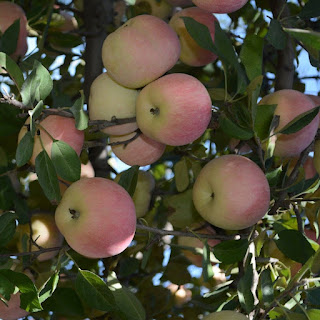Norfolk island pine
Norfolk Island Pine a species of Araucaria
Common Name:
- Star pine
- House pine
- Norfolk
- Triangle tree
- Australian pine
Botanical Name:
Araucaria heterophylla
Name Story:
Norfolk island pine:
It is as its common name Norfolk Island pine or Norfolk pine implies that the tree is endemic to Norfolk Island, a small island in the Pacific Ocean between New Zealand and New Caledonia, about 1440 km east of Sydney, Australia.
Scientific classification:
Genus:
Araucaria - Araucaria
Family:
Araucariaceae - Araucaria, Araucarians, Araucariales
Order:
Pinales - Pines and allies, Conifers, Coniferae, Pinophyta, Evergreens, Coniferophyta
Class:
Pinopsida - Conifers
Phylum:
Tracheophyta - Vascular plants, Seed plants, Ferns, Tracheophytes.
Information:
Norfolk island pine (Araucaria heterophylla) is a conifer tree native to Norfolk Island, a small island in the Pacific Islands. Now, it is a popular houseplant all around the world. However, norfolk island pine is in danger of dying out in the wild.
Characteristics:
Plant Type: Tree
Lifespan: Perennial
Bloom Time: Spring
Plant Height: 164 to 213 feet
Spread: 20 to 25 feet
Habitat: Gardens
Flower Color: Green, Red, Brown
Leaf Color: Green
Fruit Color: Brown, Green
Stem Color: Green, Brown
Tips from Garden Coaches:
Young norfolk island pine trees can be planted indoors as potted plants or grown into large trees outdoors. Norfolk Island pine (Araucaria heterophylla) has lush foliage and a graceful posture, and is one of the five most famous ornamental trees. It is not difficult to grow norfolk island pine in a warm, moist environment with sunlight.
Interesting Facts:
Often given as a gift around the holidays, the norfolk island pine is often decorated as a small Christmas tree. A slow grower, this little tree can be container grown for years. Florida gardeners will sometimes plant these in their yard, but caution should be taken as the norfolk island pine does not withstand strong winds and may topple over during a tropical storm or hurricane.
Endangered Species:
The wild population of norfolk island pine is considered as threatened in IUCN Red List since 2011.
It is categorized as vulnerable, which is likely to become endangered unless the circumstances that are threatening its survival and reproduction improve.
Fortunately, the population trend of this species appears increasing in recent years.
Conditions Requirement:
Difficulty Rating:
Growing Norfolk island pine is easy as long as you can give them what they need. They are sensitive to certain types of pests and diseases.
Sunlight:
Full sun, Partial sun
Hardiness: 20 ℉
Hardiness Zones: 10 to 11
Soil:
Loam, Sand, Chalky, Clay, Acidic, Neutral, Alkaline
Care Guide:
Water
When grown indoors, Norfolk island pine should have damp soil, so water as frequently as needed to maintain that, usually once every couple of weeks. When grown outdoors, Norfolk island pine should be watered when the top soil is dry, maintaining a damp environment.
Fertilization:
Fertilization once every 2-3 months during the growing season.
Pruning:
Trim the diseased, withered leaves once a month.
Planting Time:
Spring, Fall
Harvest Time:
Summer, Fall
Propagation:
Cutting, Sowing
Pests and Diseases:
Honey fungus; mealybugs, red spider mites, scale insects.
Uses:
Garden Use:
Norfolk island pine (Araucaria heterophylla) is a popular evergreen tree that offers year-round garden interest with its attractive evergreen needles and pointed upright crown. However, this is a very tall tree that can crowd out small gardens. Norfolk island pine is best grown as a shade or specimen tree on large lawns and in parks and landscapes. Good plants that grow in the same conditions include Boston fern and satin picta.




Comments
Post a Comment